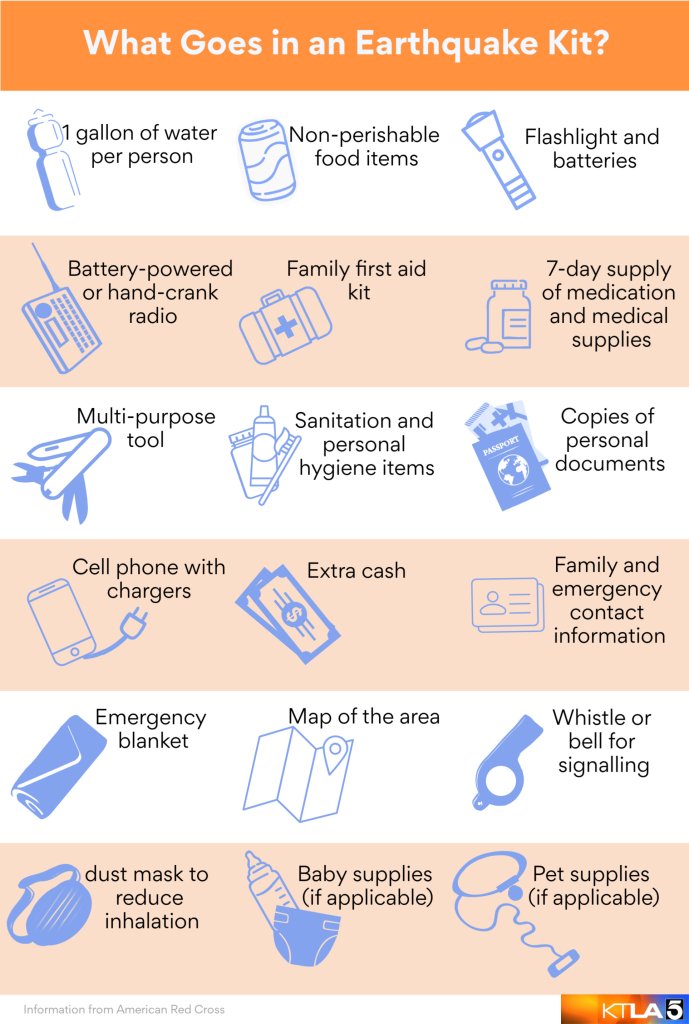A study from Caltech and NASA found new seismic activity on a major fault line that runs north of Los Angeles County for the first time in modern history, but experts on Friday said the implications are still unclear.
The Garlock Fault began moving for the first time on record following the Ridgecrest earthquake sequence that included two powerful temblors, among them a 7.1 jolt, according to the study, published Thursday in the journal Science.
Those earthquakes were the first major temblors to occur near the Garlock since scientists began taking records decades ago, meaning it’s the first time movement — also known as creeping — has been detected along the fault line, according to seismologist Zachary Ross.
“The Ridgecrest earthquakes initiated this movement on this Garlock Fault,” he said.
The study found that the sequence increased strain on the 160-mile-long fault, which spans the Mojave Desert and is capable of producing a devastating magnitude 8.0 earthquake.
Orbiting radar satellites recently picked up the movement along the Garlock and acquired before and after images of the event.
Those images showed the ground moved approximately 2 centimeters over a fairly large area, according to Ross, who is also a geophysics professor at Caltech.
As a result, the northwest side of the fault is moving closer to the Pacific Ocean, while the southeast side is moving toward Nevada, he said.
Though it may sound alarming, experts said such movement is “not unprecedented” along Southern California faults.
“We’ve seen that happen repeatedly over the years, but we’ve never seen the Garlock do this before,” Ross explained. “That’s what makes this surprising.”
Ross, along with renowned seismologist Lucy Jones, pointed to similar occurrences along the San Andreas Fault in response to other earthquakes.
The movement is known as triggered aseismic creep, and it occurs in the fault’s top few hundred meters, according to Jones. None of those creeps caused a larger temblor.
“No quake can occur in the shallow part because there’s no confining pressure. Big quakes begin 10-15 km down,” she tweeted Friday.
Still, the Garlock does have the potential to produce an 8.0 quake, which could be catastrophic especially for somewhere like Bakersfield, which is not that far from the fault. A temblor of that magnitude would likely cause much damage to buildings and lifeline infrastructure such as sewer systems, water mains and electric utilities, according to Ross.
It would also be longer, more intense and felt in a larger area; there would also most likely be more destruction; the damage would probably extend into L.A., he said.
But Ross stressed that seismologists are unsure about the implications of the creep, or even if there are any.
“It’s not exactly clear what it means,” he told KTLA.
The takeaway is that people should continue to be prepared because, as Ross noted, California is still earthquake country.
“You want to have your kit ready, lots of water, and just always be ready,” he said. “It’s good to use these types of opportunities to remind us to be prepared.”
KTLA’s Nouran Salhieh contributed to this story.






















